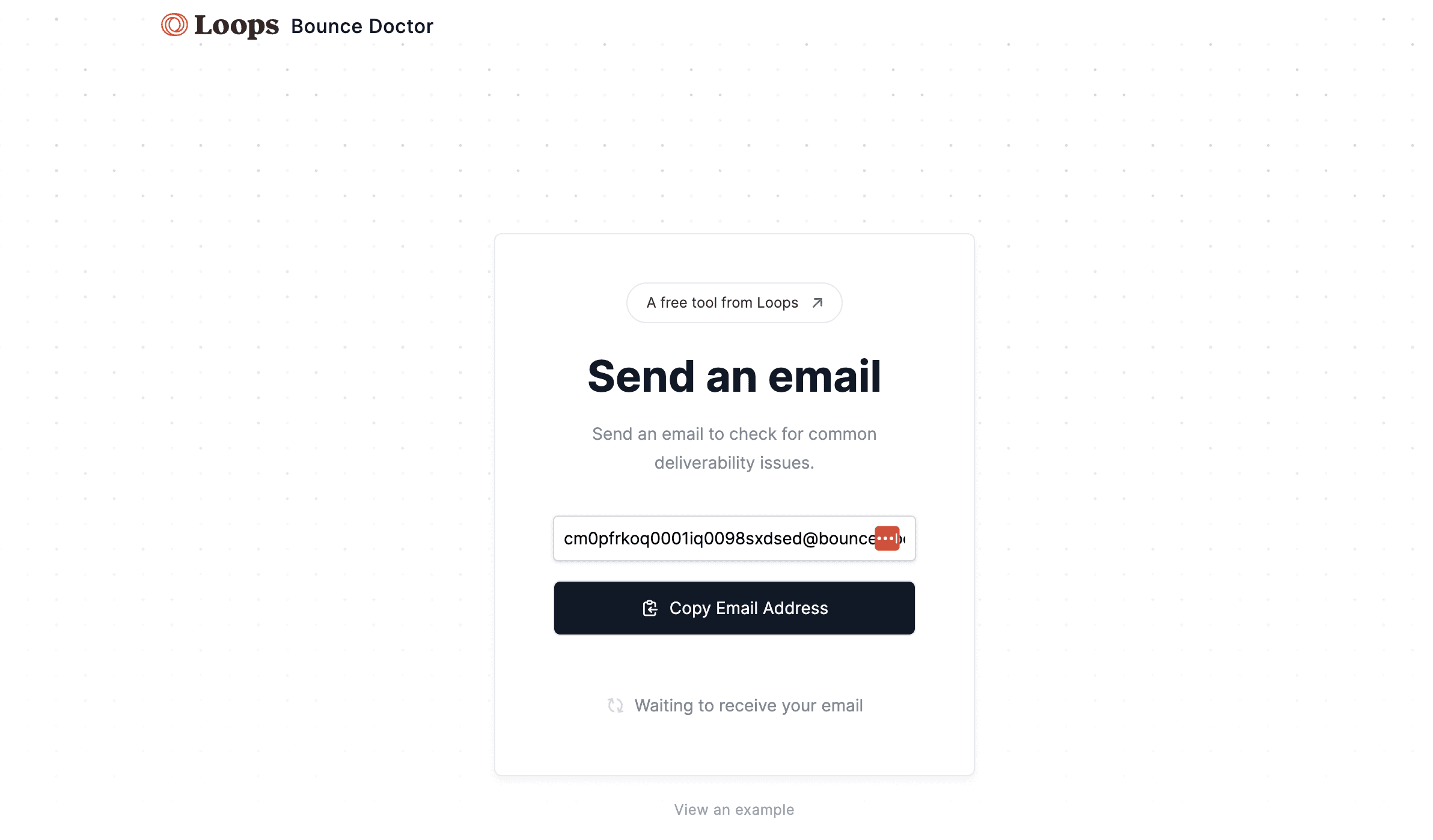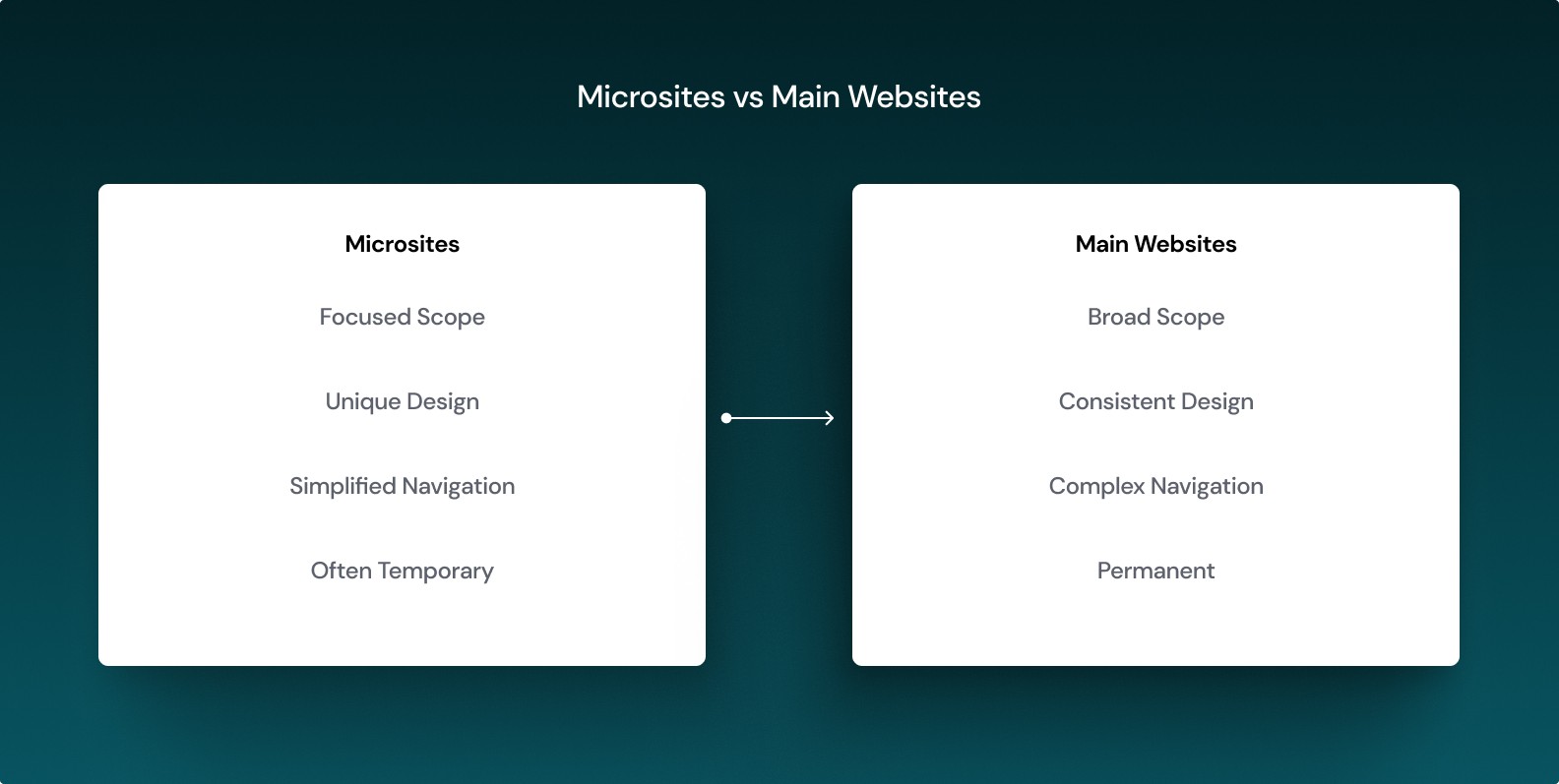In this article we explain what a microsite is, who creates them and why. We'll also share some great examples of modern microsites.
Introduction
So you’re interested in learning about microsites? Well you’ve come to the right place! We’re experts in microsites - whomso lets you create microsites for prospects, customers, or partners in a flash.
But we’re not here to talk about us. Let’s dive in.
Defining a Microsite
A microsite is a single-use web page dedicated to a specific purpose, product, campaign or event. Microsites typically have their own unique domain name or subdomain and are designed to be simple and easy to navigate.
For example, you’re an established software company looking to acquire customers for a new product you’re launching. You’re a bit fearful that the main website you have could distract prospective buyers from this new line of products so you build a microsite.
In this microsite, you drop all your most relevant materials in order to keep viewers focused. You also tailor the design and branding to the prospects you’re reaching out to so that they know you’re talking to them specifically.
That’s a microsite.
It’s simple, yet extremely effective. The internet is awash with content and so keeping audiences focused can be a real challenge. But by distilling what you want to get across into a single microsite, you block out a lot of the noise.
What’s the use case for a microsite?
It’s a fair question. And there are a broad number of ways in which they can be used but a few of the most common use cases are:
Targeted Sales Campaigns: They’re also great for moving along deals by including relevant examples of your past work, business cases, demos and action plans. Sellers use tools like whomso to create a microsite that houses all of their communication with prospects, or to just personally introduce a product or feature.
Targeted Marketing Campaigns: Microsites are excellent for promoting specific products, services, or events without the distractions of a full website. Loops have a wonderful example - bounce.doctor - that specifically shows off their expertise when it comes to email deliverability.

Product Launches: When launching a new product, a microsite helps keep all the necessary information in one place. Product launches are extremely hard to manage if you’re an established brand and so making sure the content you share with users is clear and tailored to the problem you’re solving can help drive that initial buzz and adoption.
Event Promotion: For conferences, webinars, or other events, microsites offer a dedicated space for information and registration. Luma offers a great way to create these types of microsites - check out this example by Reading Rhythms, a reading party based in NYC.

Educational Resources: Companies can use microsites to provide in-depth information on specific topics related to their industry. Great examples of this are Adobe’s Colour Palette Generator and Salesforce’s Trailhead site - both of which provide knowledge that’s complementary to their main products.

Partner Recruitment: Microsites can simplify the process of explaining why a partner or reseller should join your programme. By detailing the benefits in one place, they make it easier for potential partners to understand the value proposition and make informed decisions. Moreover, it can often be confusing for direct customers if this sort of information is on your main website so it’s usually a sensible decision to keep your partner programme out of the spotlight.
How do microsites differ from main websites?
Couldn’t all of these things be added as separate pages onto a main website? Sure, but the benefits of having these as microsites cannot be understated:
Audience: Microsites target a specific segment of the audience, whereas main websites should cater to a broader range of visitors. It’s hard to speak to viewers on a 1-to-1 basis when your main website is designed to speak to everyone.
Scope: Main websites cover the entire range of a company's offerings, while microsites focus on a single topic or purpose. Content is highly focused and tailored to a specific purpose, unlike the broader content found on main websites which can be distracting.
Analytics: By splitting out from the main website and even going so far as creating individual microsites for each target, you can get excellent insights into the performance of your content.
Design: Microsites often have a unique design that may differ from the main website, allowing for more creativity and experimentation. Many microsites actually tailor the design to the company or person they’re speaking to - something that a core website would never allow for (nor should it!).
Navigation: Microsites typically have simpler navigation with fewer pages, making it far easier for users to find specific information.
Lifespan: Many sites are often temporary, created for specific campaigns or events, while main websites are permanent. You can turn microsites on or off whenever you feel like it.
URL: Microsites usually have their own domain name or subdomain, separate from the main website's URL.

Wrapping it up
So there you have it, a quick yet in-depth run down of what a microsite is and what they’re used for. As the internet gets bigger, it’s sometimes better to think smaller - and microsites are the way to do that.
Now we’re obviously biased but we think whomso’s microsite builder is a super easy way to get started. You can try it out for free by clicking the link below!


